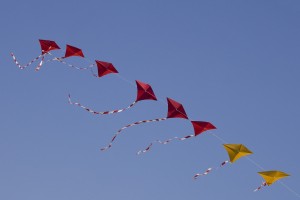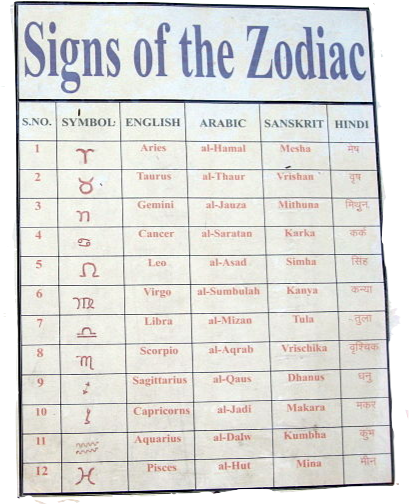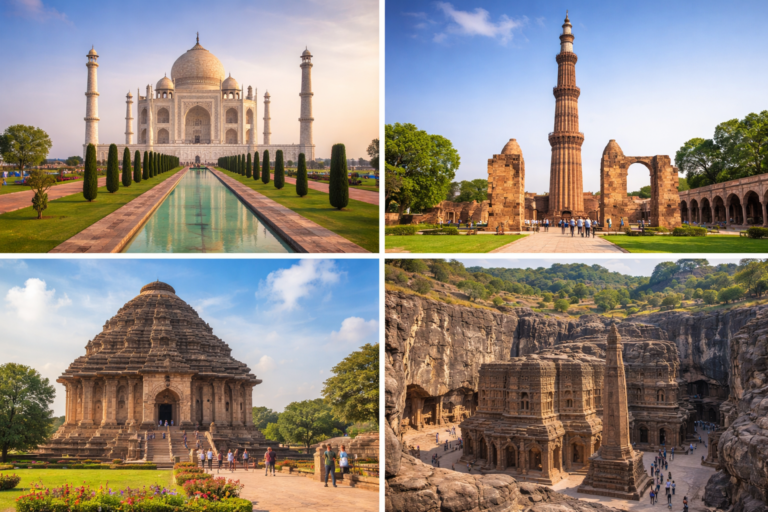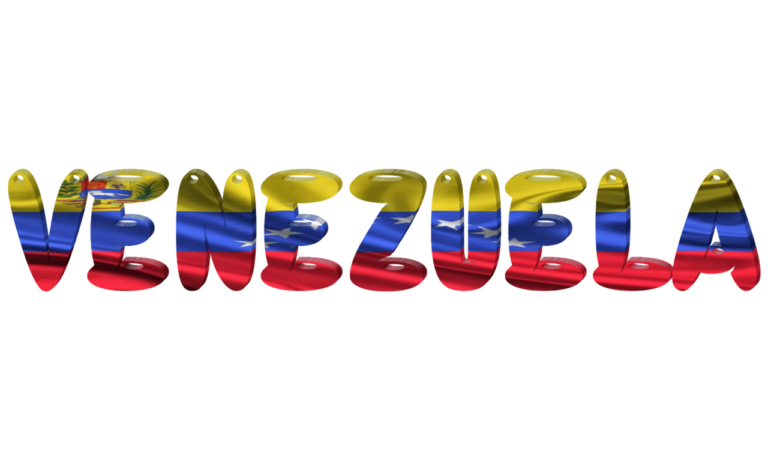
The intricacies of Hindu calendar– Part 4
 By Amit Srivastava
By Amit Srivastava
What is Sankranti?
It is interesting to note that while most of the Hindu festivals are set by the lunar cycle of the lunisolar Hindu calendar, Makara Sankranti are among the few ancient Hindu festivals that are celebrated as per the solar cycles. It signals the upcoming season of spring besides the onset of Uttarayana. In fact in the Indian calendrical systems, the true position of the Sun does matter. This also explains why the calendar starts every year on March 21/22, the Makara Sankranti falls on January 14/15, the Mesha Sankranti (Vishu) falls on April 14/15 and the Mithuna Sankranti on June 14/15.
The Hindu calendar recognizes the importance of the summer solstice and winter solstice in a solar year, determining the six seasons. It recognises the Sun reaching the equinox twice in a year, during which the lengths of day and night are equal.
Also read: The Hindu cosmology and the calculation of time
The above expositions show that the position of Sun is important in the Indian calendrical systems. This makes it easier to understand why Earth’s movement is faster near Perihelion (Earth’s point which is closest to the Sun) and slower near Aphelion (the point furthest from the Sun) on its elliptical path around the Sun. This also explains why there are some months with relatively longer duration than others. By following the true positions of the Sun, the Indian calendrical systems accurately calculate the number of days according to the true motion.
This also leads to the well established theory for the change in seasons that this happens because of the tilt of the Earth on its axis. The Earth’s tilt is 23.5° . As we already know, the Earth’s revolution causes variance in the exposure to Sun at different points of the year resulting in the equinoxes and solstices. Keeping a cardinal East across the year, we also observe Sun’s southward as well as northward movements in a year. The period of Southward movement is called Dakshinayana (period from summer to winter solstice when the days start getting shorter) while the period of northward movement (period from winter to summer solstice when the days start getting longer ) is called Uttarayana. The Hindu calendar has calculated that these phenomena happen closer to Makara Sankranti.
The Hindu calendrical systems had quite early recognised the movement of the earth to be closely associated with our Zodiac or Rashis. These Rashis were actually our solar months. These 12 Zodiacs or Rashis are as follows:

A verse by revered Indian Astronomer Nilakantha Somayaji (1444-1545 CE) in his path breaking work Tantrasangraha, had well described the concept of Earth’s revolution and science behind the Rashis. [Source: Ramasubramanian, K., and M. S. Sriram. Tantrasangraha of Nilakantha Somayaji. Springer, 2011.] –

As it is, the path of the Sun goes through twelve 30° segments referred to as Rashis or Zodiac signs. Makara Sankranti marks the entry of Sun into 0th degree of Makara or Capricorn zodiac – the tenth segment. What is interesting that the logic that decides the dependence of a Hindu festival on a solar or lunar calendar or a lunisolar calendar varies according to seasons and agriculture-related events. Sankranti and winter solstice are not just the examples of the events based on Sun’s position, but also of the ancient India’s comprehensive understanding of the calendrical system.
– Concluded





